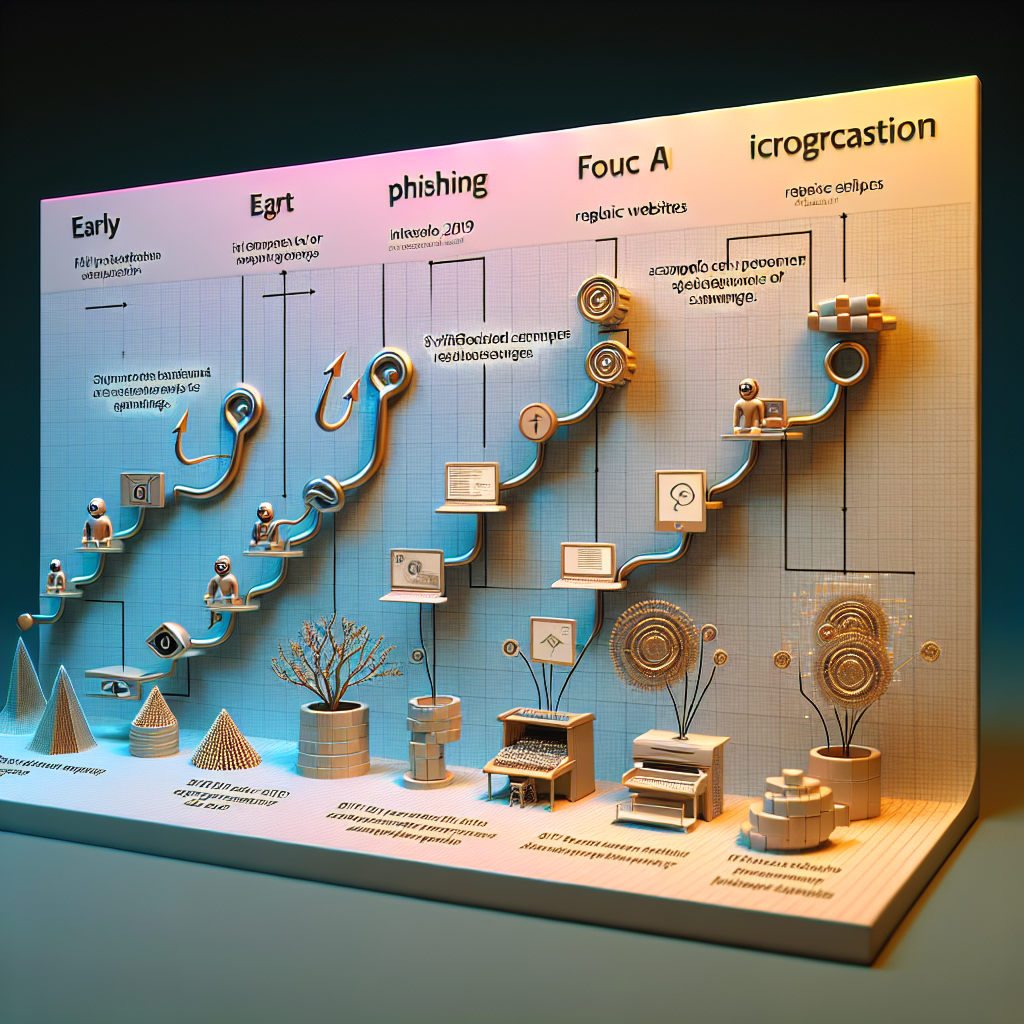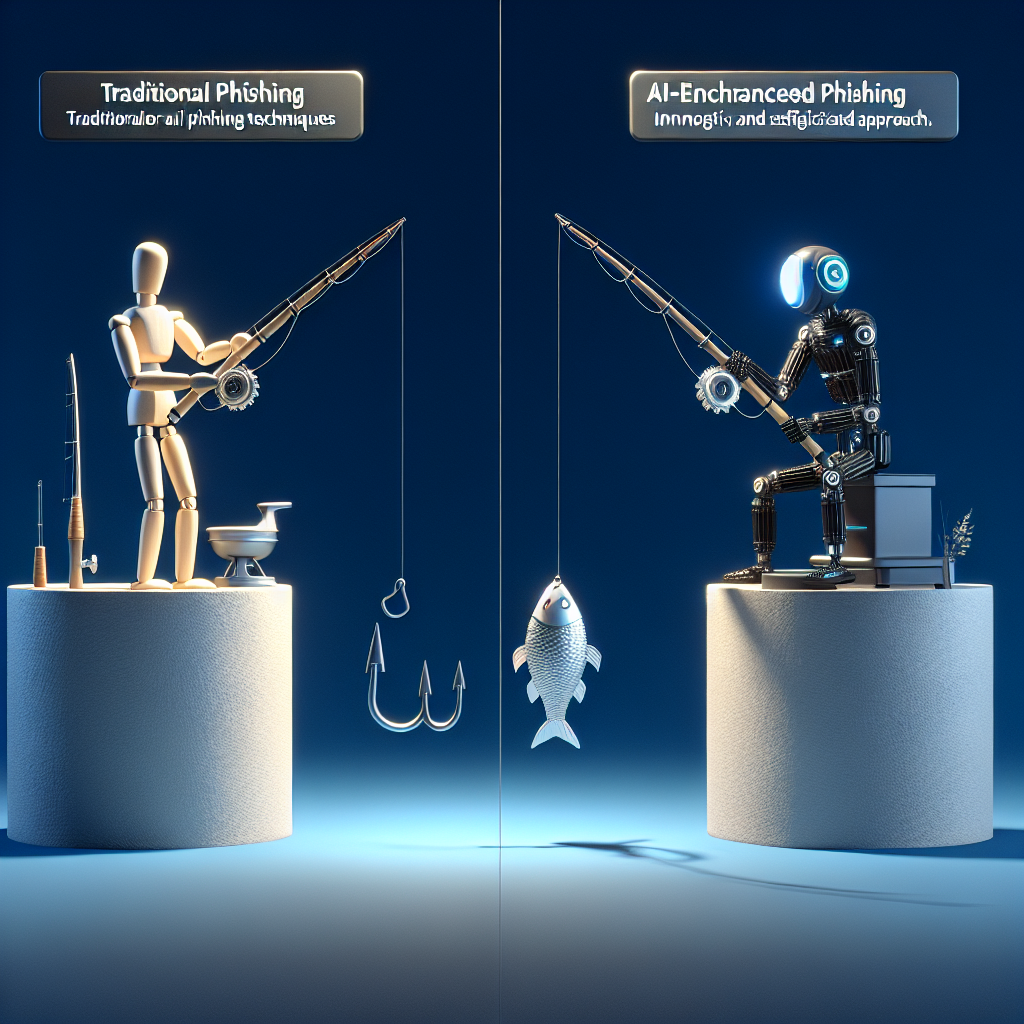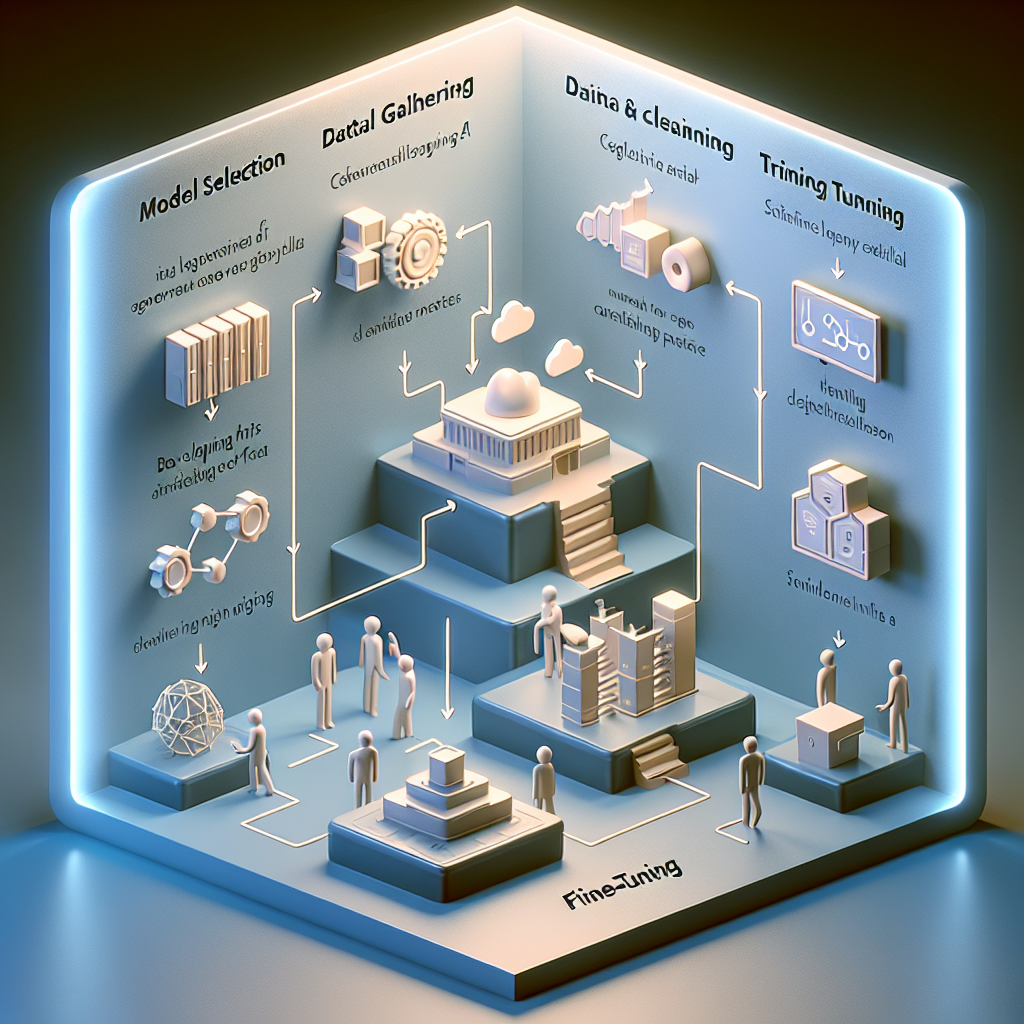
Table of Contents
- 1. Introduction to Phishing and Generative AI
- 2. Understanding the Evolution of Phishing
- 3. Generative AI: A Brief Overview
- 4. The Intersection of Generative AI and Phishing
- 5. Setting Up a Generative AI Model for Phishing
- 6. Gathering Target Information
- 7. Crafting Phishing Emails with Generative AI
- 8. Incorporating Malicious Links and Attachments
- 9. Deploying the Phishing Campaign
- 10. Detecting and Defending Against AI-Driven Phishing
- 11. The Ethical Implications of Generative AI in Phishing
- 12. Future Trends: AI in Phishing and Cybersecurity
- 13. Conclusion: Staying Ahead in the AI-Driven Phishing Landscape
- 14. FAQs: Frequently Asked Questions
1. Introduction to Phishing and Generative AI

In the digital age, phishing has become a ubiquitous threat, targeting individuals and organizations alike. But what happens when this age-old technique is supercharged by the power of Generative AI? The result is a new breed of phishing attacks that are more personalized, harder to detect, and devastatingly effective. This guide aims to unravel the mechanics behind these AI-enhanced phishing schemes.
2. Understanding the Evolution of Phishing

What is Phishing?
Phishing is a cyber attack where attackers disguise themselves as legitimate entities to deceive victims into revealing sensitive information, such as login credentials or financial data. Traditionally, phishing relied on mass emails with generic content, but over time, these attacks have become more targeted and sophisticated.
How Phishing Techniques Have Evolved Over Time
Phishing has evolved from simple, poorly worded emails to highly targeted spear-phishing campaigns. Attackers now gather extensive information about their targets to craft convincing messages that appear legitimate. The evolution of technology, particularly AI, has played a crucial role in this transformation.
3. Generative AI: A Brief Overview

Defining Generative AI
Generative AI refers to a class of algorithms that can generate new content, whether it be text, images, or even audio, based on the data they have been trained on. These models, such as GPT-3 or GPT-4, can produce human-like text that is often indistinguishable from content created by humans.
How Generative AI Works
Generative AI models learn patterns in data through machine learning techniques. Once trained, these models can produce new outputs that mimic the structure and style of the training data. For example, a Generative AI model trained on a dataset of emails can create new emails that closely resemble the originals.
4. The Intersection of Generative AI and Phishing

Why Cyber Criminals Use Generative AI
Cyber criminals have started using Generative AI because it allows them to create highly convincing phishing content quickly and at scale. AI-generated emails can be customized to target specific individuals, making them more likely to succeed in tricking the recipient.
Types of Phishing Attacks Enhanced by AI
Generative AI enhances various types of phishing attacks, including:
- Spear Phishing: Highly targeted attacks on specific individuals or organizations.
- Clone Phishing: Creating near-identical copies of legitimate emails.
- Business Email Compromise (BEC): Mimicking a company executive or vendor to request unauthorized payments.
5. Setting Up a Generative AI Model for Phishing

Choosing the Right AI Model
Selecting the appropriate AI model is the first step. GPT-3 and GPT-4 are popular choices due to their advanced text generation capabilities. These models can be fine-tuned to create specific types of content, such as phishing emails.
Training the AI Model for Phishing
Training involves feeding the model with a dataset of emails, both legitimate and phishing examples. The model learns to mimic the tone, style, and structure of these emails, enabling it to generate realistic phishing content.
6. Gathering Target Information

Data Collection Techniques
To create convincing phishing emails, attackers first gather information about their targets. This data can be collected from various sources, including social media profiles, company websites, and previous data breaches.
Analyzing Collected Data for Personalization
Once the data is collected, it is analyzed to identify patterns and preferences. This analysis allows the attacker to personalize the phishing emails, making them more believable and increasing the likelihood of success.
7. Crafting Phishing Emails with Generative AI

Generating Convincing Email Content
Using the trained Generative AI model, attackers can generate the content of the phishing email. The AI can create emails that mimic the tone and style of legitimate communications, making them difficult to detect.
Personalizing Emails for Greater Impact
Personalization is key to a successful phishing attack. By incorporating specific details about the recipient, such as their name, job title, or recent activities, the email appears more credible and is more likely to deceive the target.
8. Incorporating Malicious Links and Attachments

Embedding Malicious Links
Malicious links are often embedded in phishing emails to redirect the victim to a fake website or to download malware. These links are carefully disguised to appear legitimate, often mimicking official URLs.
Adding Malicious Attachments
Attachments, such as PDFs or Word documents, can be embedded with malicious code. When the victim opens the attachment, the malware is activated, compromising the victim's device or network.
9. Deploying the Phishing Campaign
Sending Phishing Emails at Scale
With the phishing emails crafted, the next step is deployment. Attackers can send these emails to hundreds or thousands of targets simultaneously, often using automated tools to manage the campaign.
Monitoring Phishing Campaign Success
After deployment, attackers monitor the campaign's success by tracking metrics such as open rates, click-through rates, and the number of victims who fall for the scam. This data is used to refine future phishing efforts.
10. Detecting and Defending Against AI-Driven Phishing
Identifying AI-Generated Phishing Emails
Detecting AI-generated phishing emails can be challenging, but certain red flags can help. These include slight inconsistencies in language, unexpected requests, and unusual URLs. AI-powered email filters are also becoming more adept at identifying suspicious content.
Implementing AI-Powered Defenses
Organizations can leverage AI to defend against AI-driven phishing attacks. AI-based security solutions can analyze email content in real time, flagging or blocking suspicious emails before they reach the inbox.
11. The Ethical Implications of Generative AI in Phishing
The Ethical Dilemma of Using AI
The use of AI in phishing raises significant ethical concerns. While AI can be a powerful tool for good, its misuse by cyber criminals highlights the need for ethical guidelines and regulations.
Legal Consequences for Cyber Criminals
Cyber criminals using AI for phishing face severe legal consequences if caught. Law enforcement agencies are increasingly equipped to track down and prosecute individuals involved in AI-driven cyber crimes.
12. Future Trends: AI in Phishing and Cybersecurity
The Growing Sophistication of AI-Driven Attacks
As AI technology continues to advance, so too will the sophistication of phishing attacks. Future phishing schemes may involve deepfakes, voice synthesis, and other AI-driven techniques that are even harder to detect.
How AI Can Be Used for Defense
While AI poses a threat in the hands of cyber criminals, it is also a powerful tool for defense. AI can be used to develop more advanced security systems, automate incident response, and predict potential threats before they materialize.
13. Conclusion: Staying Ahead in the AI-Driven Phishing Landscape
The integration of Generative AI into phishing attacks marks a significant shift in the cybersecurity landscape. As these attacks become more advanced, it is crucial for individuals and organizations to stay informed and adopt proactive defense strategies. By understanding how Generative AI is being used in phishing, we can better protect ourselves from these evolving threats.
14. FAQs: Frequently Asked Questions
1. What is Generative AI, and how does it relate to phishing?
Generative AI refers to algorithms that create new content based on input data. In phishing, it is used to craft convincing, personalized emails that trick recipients into divulging sensitive information.
2. How can I recognize an AI-generated phishing email?
AI-generated phishing emails are often highly convincing but may include subtle inconsistencies in language or unusual requests. It's essential to verify any unexpected emails, especially those asking for sensitive information.
3. Can AI be used to defend against phishing attacks?
Yes, AI can be used to develop advanced security measures that detect and block phishing emails before they reach the recipient's inbox.
4. What are the legal consequences for using AI in phishing attacks?
Using AI for phishing is illegal and can result in severe penalties, including imprisonment and fines.
5. How can organizations protect themselves from AI-driven phishing attacks?
Organizations can protect themselves by implementing AI-powered security solutions, training employees to recognize phishing attempts, and regularly updating their cybersecurity protocols.

